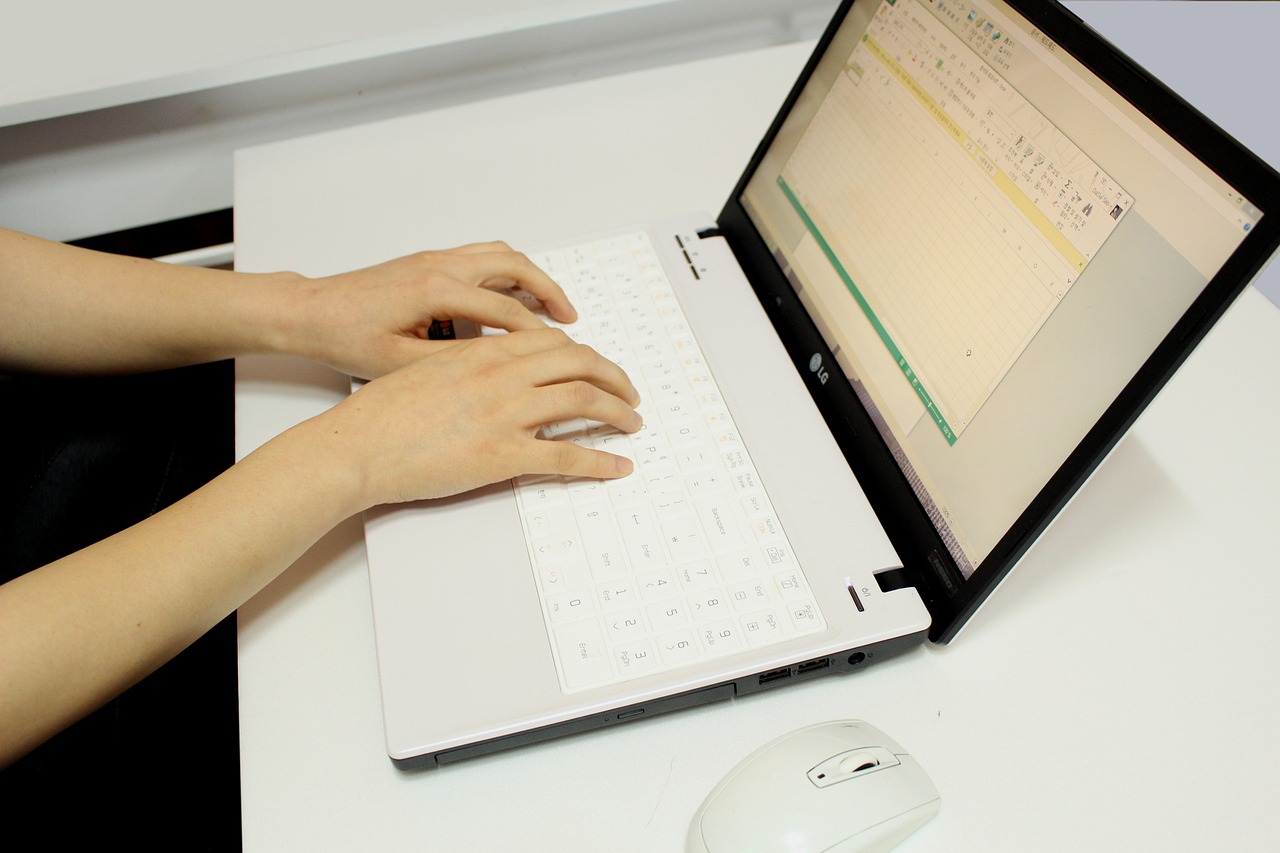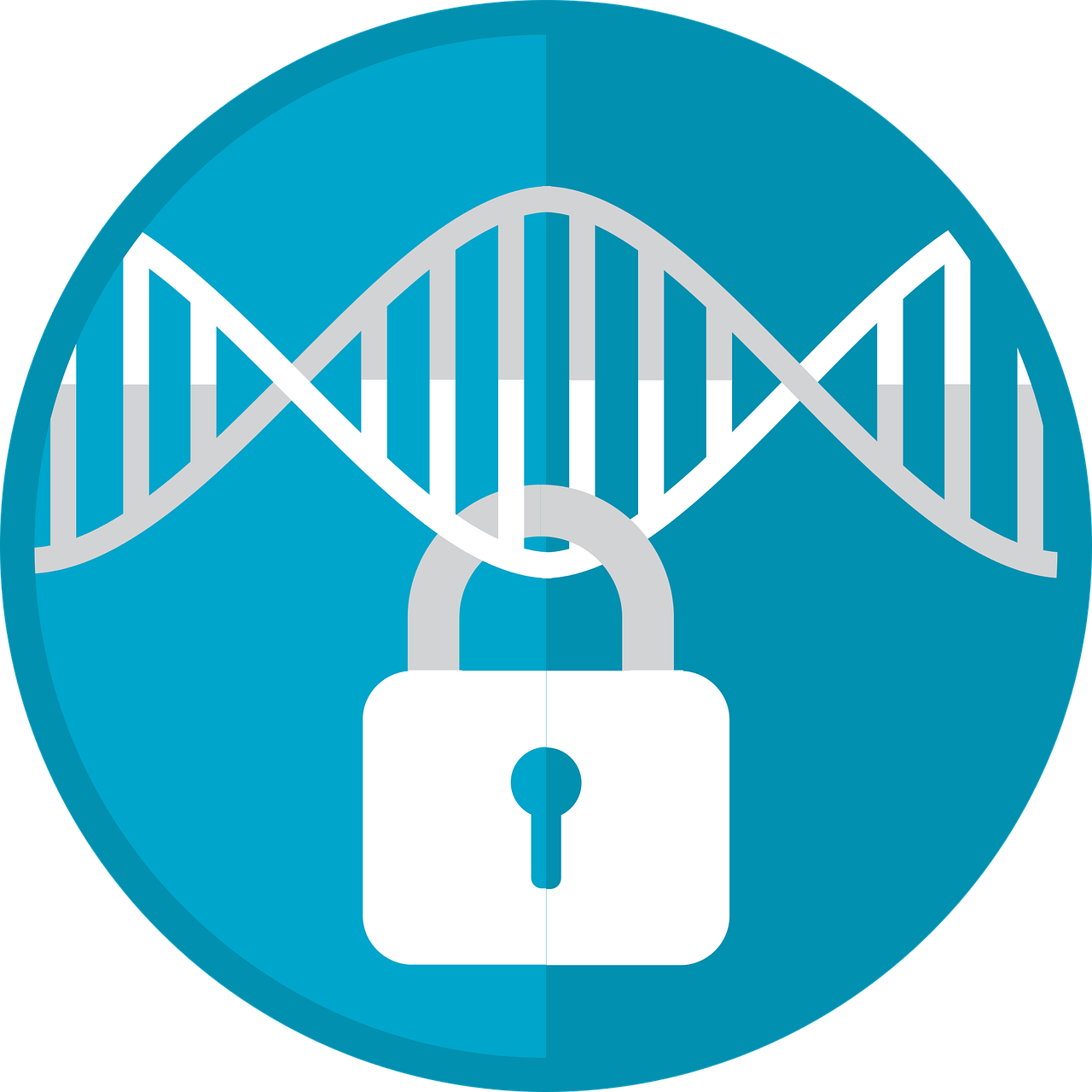Title: The Controller of a PLC-Based Fully Automatic Washing Machine
The controller of a PLC-based fully automatic washing machine is a crucial component that manages the entire operation of the machine. It receives input from various sensors and switches, interprets it, and then sends output signals to the machine's actuators and motors to perform the necessary operations. The controller also monitors the status of the machine, providing feedback to ensure safe and efficient operation. By automating the washing process, the controller significantly improves productivity and reduces human error. Additionally, it allows for customized wash cycles and settings, providing users with more flexibility and convenience. The PLC-based controller also ensures that the machine meets regulatory standards and requirements, providing peace of mind to users and manufacturers alike.
In today's world of technology, the demand for automated appliances has skyrocketed. One of the most common appliances in every household, the washing machine, has also evolved to meet these demands. The advent of PLC (Programmable Logic Controllers) in the field of appliance technology has facilitated the development of fully automatic washing machines that are equipped with intelligent controllers. These controllers enable the washing machine to function independently, reducing human intervention and increasing efficiency.
The controller of a PLC-based fully automatic washing machine is a complex but highly sophisticated piece of technology. It consists of a microprocessor, memory, input/output devices, and a power supply. The microprocessor, the brain of the controller, receives input from sensors and switches, processes it, and sends output to actuators and relays to control the operations of the washing machine. Memory stores the programs and data that guide the microprocessor in its operations. The input/output devices enable the controller to interface with the user and the machine components. The power supply provides the necessary electrical energy to all these components.
One of the most crucial aspects of the controller is its ability to adapt to user needs and machine conditions. This is achieved through a process known as learning or programming. The controller can be programmed to recognize different types of laundry, such as cotton, wool, silk, or mixed materials. It can also be programmed to adjust water levels, temperatures, and wash cycles based on the specific needs of each type of laundry. This ensures that each load of laundry is washed optimally, preserving its quality and extending its lifespan.

Another significant feature of the controller is its ability to monitor and diagnose problems within the washing machine. It can detect issues such as water leaks, motor failures, or clogged filters. When a problem is detected, the controller can activate alarms or display error messages to notify the user immediately. This allows for timely repairs and prevents further damage to the machine or its contents.
Moreover, the controller can also interface with smart devices such as smartphones or tablets to provide remote monitoring and control capabilities. This enables users to monitor their washing machines from anywhere at any time and even control its operations remotely. This level of connectivity and accessibility not only enhances user experience but also adds value to the overall functionality of the washing machine.

In conclusion, the controller of a PLC-based fully automatic washing machine is a highly advanced piece of technology that facilitates efficient and independent operation. It adapts to user needs and machine conditions, learns from past experiences, and provides remote monitoring and control capabilities. These features combine to create an appliance that not only meets the demands of modern households but also adds convenience and value to users' lives.
Articles related to the knowledge points of this article:
PLC Programming Controllers: An Introduction and Overview
PLC Controller Programming in Chinese
Sales of Jiangsu Industrial PLC Controllers
Title: Yichun Huichuan PLC Controller: The Backbone of Modern Automation Systems